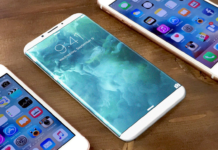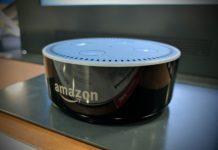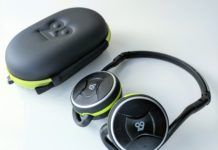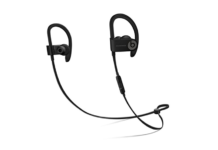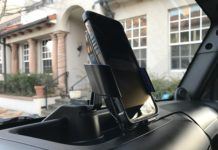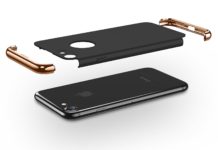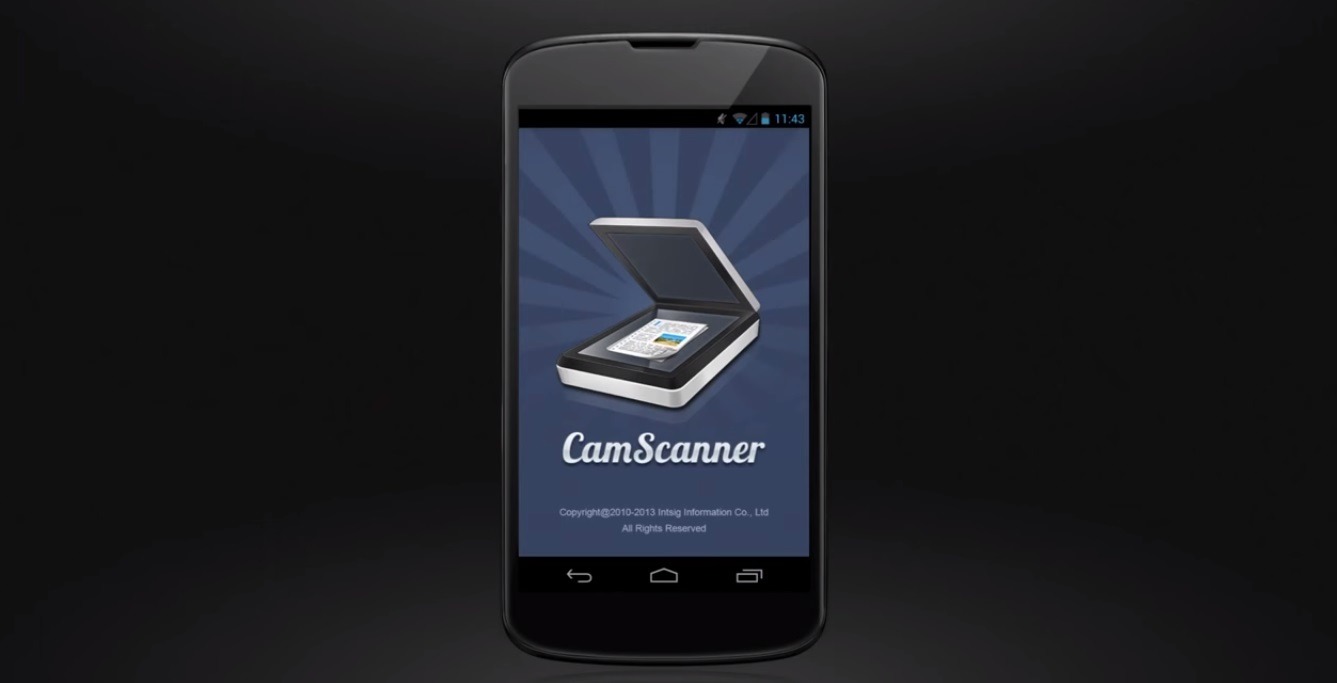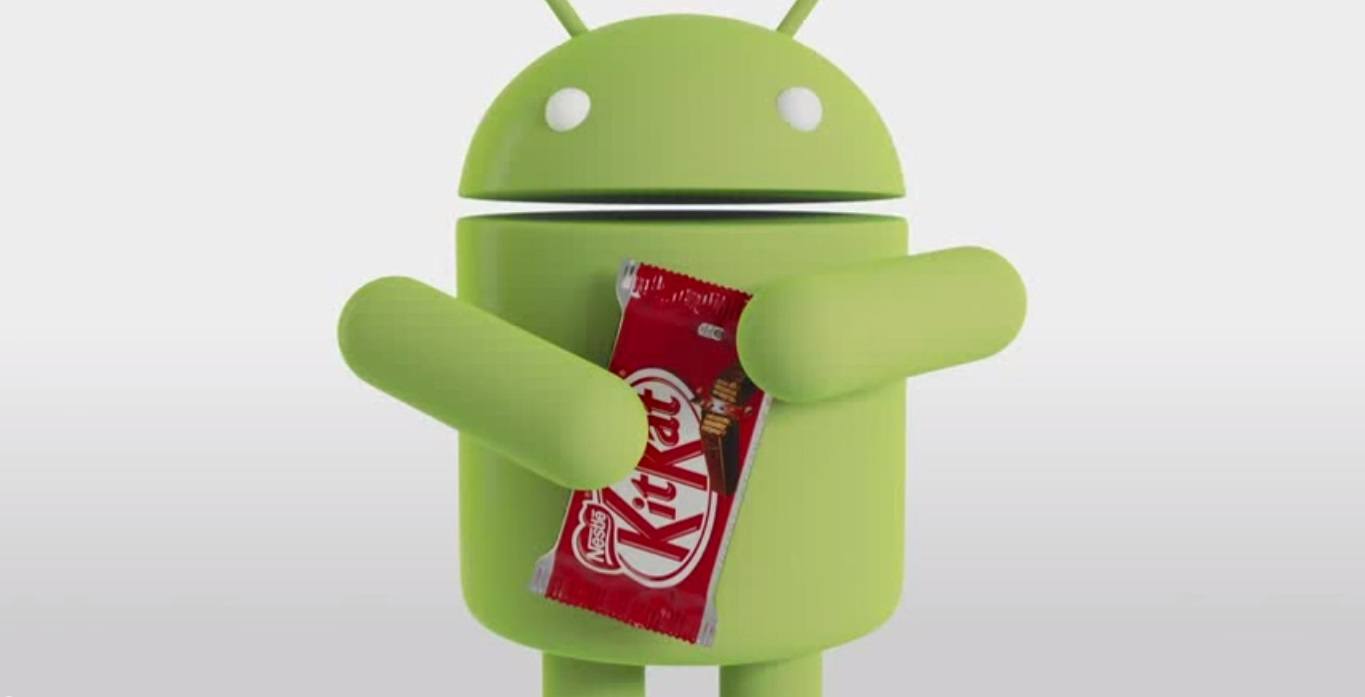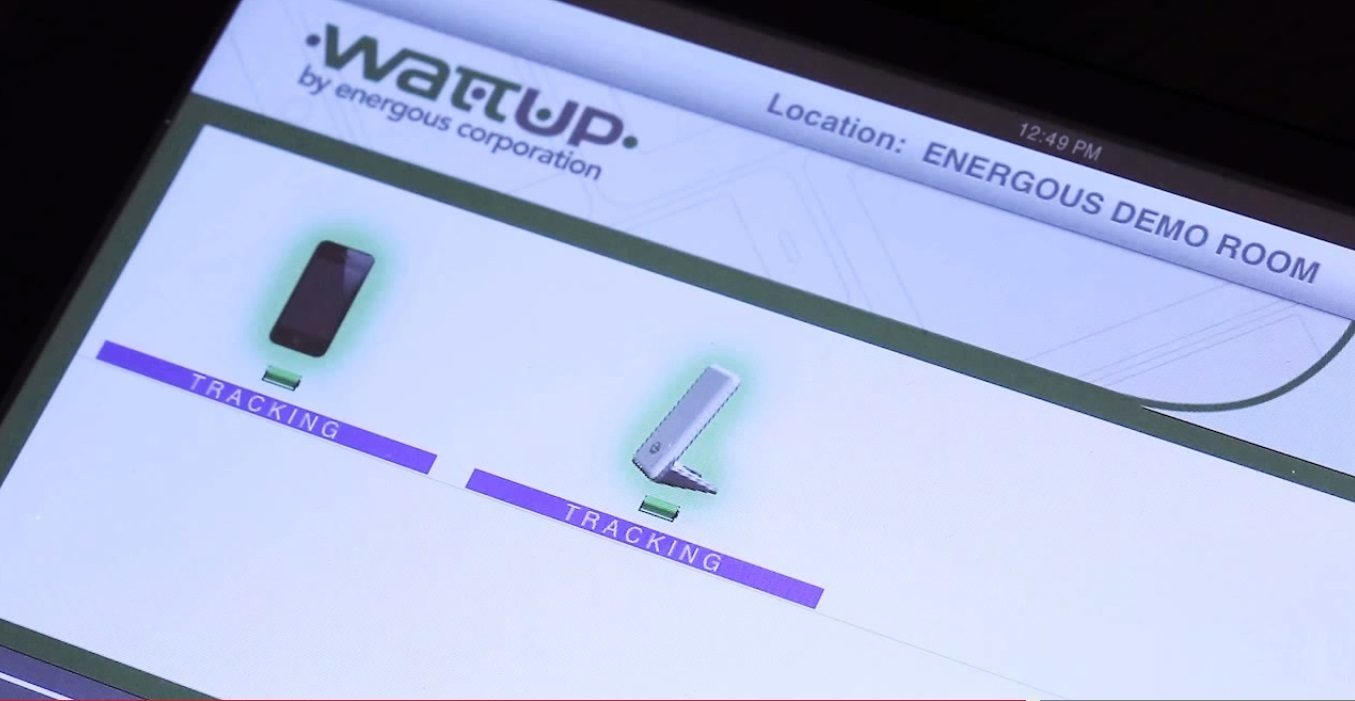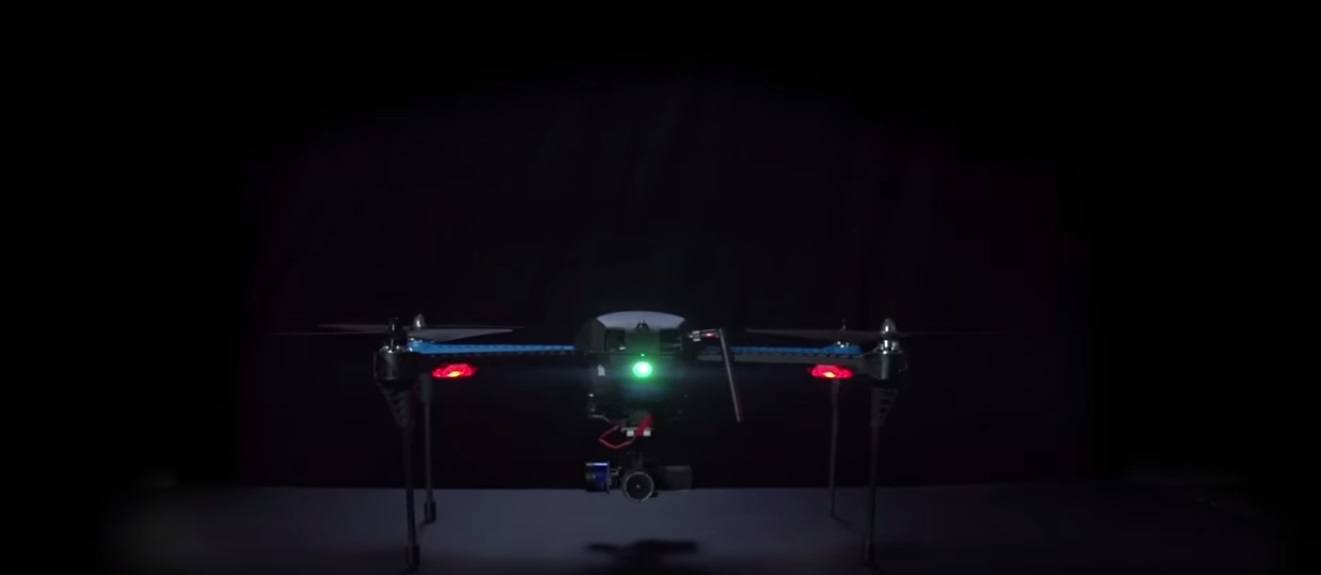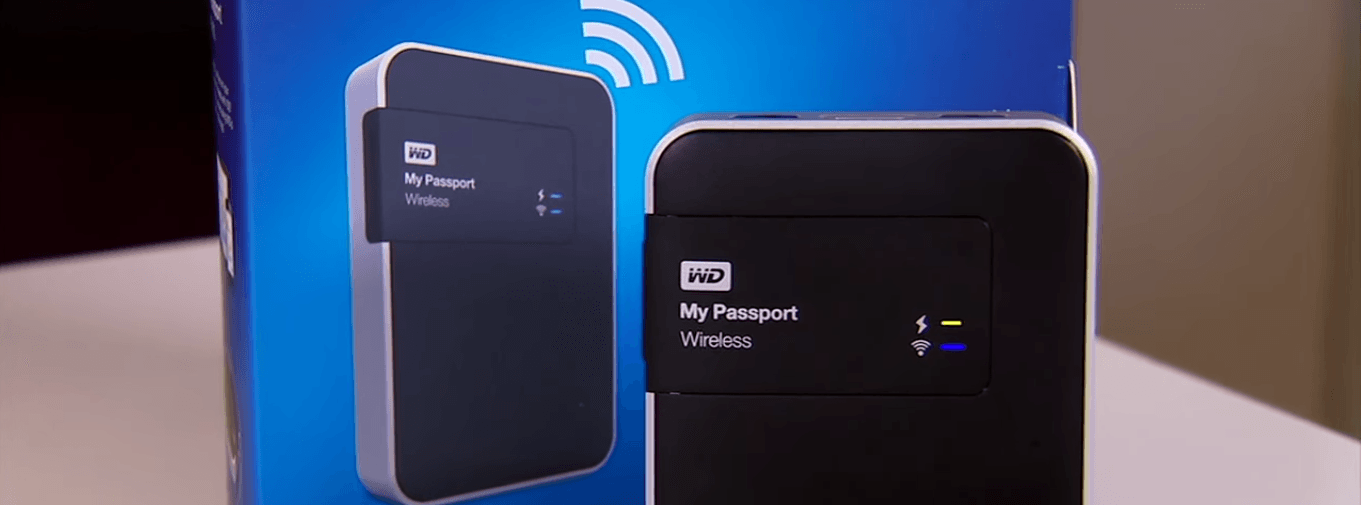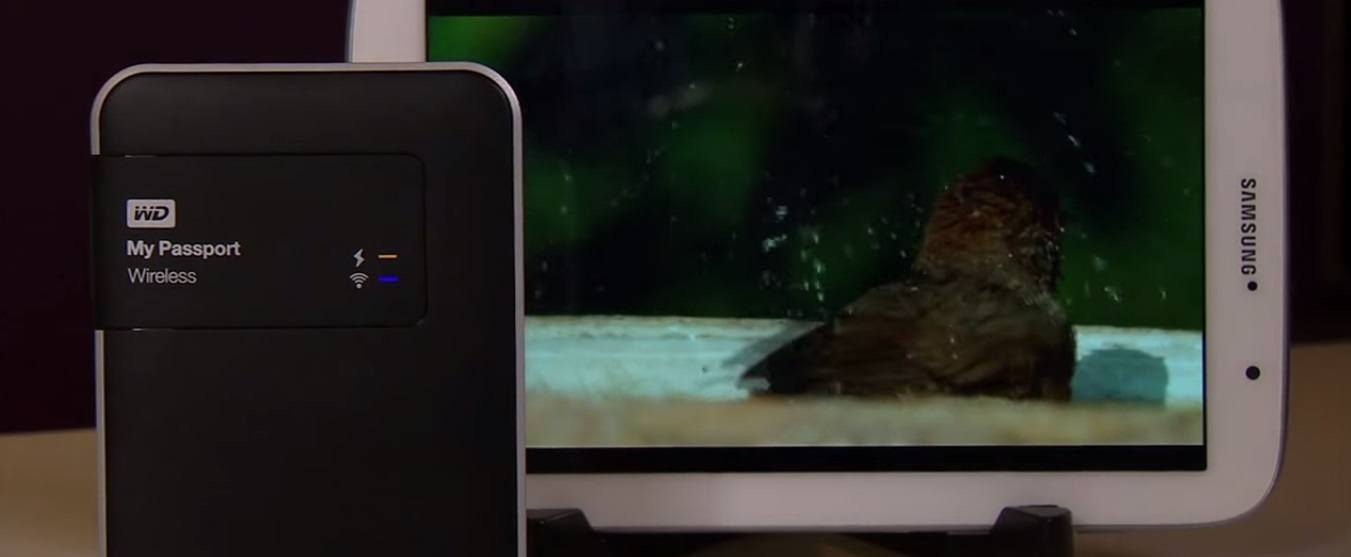In a time where data files are getting bigger and heavier, databanks have become a necessity. No longer can your 64GB drive be adequate enough to store your enormous amounts of pictures, videos, media files, you name it. People nowadays need up to 2 terabytes of available space.
More and more people now own their own external hard drives and databanks. Companies have been competing with each other just by showing who releases the bigger file capacity first, but is it the only area where the innovations are limited to?
Well, Western digital does not think so since they released one of the very first wireless databanks that can sync itself with not just your desktop PC’s but even with your mobile phones and tablets and your Wi-Fi capable cameras.
Advantages of the WD My Passport Wireless.
First off, the WD My Passport wireless offers the most bang for the buck with an affordable value per byte of information ratio. Right now the 2.5 Inch 8.8 ounce version that holds 500 gb of information goes for a price tag of $130 while its slightly heavier counterpart with a 1TB space that weighs 9.6 ounces will go for a practical price of $220.
Each drive has a USB 3.0 slot and is capable of charging whenever you attach it to the computer via USB cable. On the other side of the drive is an SD card slot for the purposes of uploading your files from cameras and other media devices that uses an SD card. On the top you would be able to see lights that indicate the status of your battery life and your Wi-Fi signal strength.
The external hard drive can be accessed wirelessly through Wi-Fi by entering its IP address 192.168.60.1. Through the IP address you may then be able to check the storage, upgrade the firmware and adjust your settings.
The downside of the WD My passport wireless.
The first thing anyone would notice about the My Passport wireless is its relatively shorter battery life of 4 to 5 hours of straight use. Compared to other passports the WD is left wanting in that department. Issues also pop up when streaming high amounts of data to it, with some occasional stalls and loss of signal. Although streaming greatly improves when it is linked using a wire.

